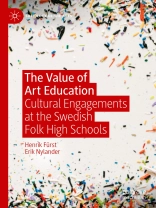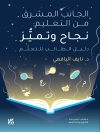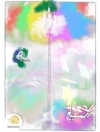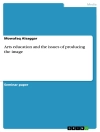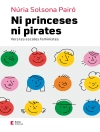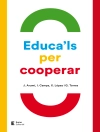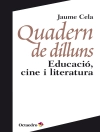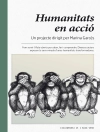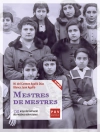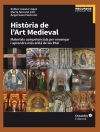This book shows the continuing importance of art education. Art education attracts students who see multiple meanings and justifications for the worth of that education. Their engagement in art education is not limited to the uncertain prospects for jobs or routes into employment in the arts. Fürst and Nylander approach art education through a rich array of empirical examples derived from Swedish folk high school programs in music, visual arts, and creative writing. Based on an analytical framework of pragmatic sociology, the book allows the reader to understand the competences and critical capacities held by students and teachers. The book challenges the dominant public perception of art education and broadens our understanding of what it is good for.
The Value of Art Education is essential reading for those defending the status of this vital sector of education, offering a deeper understanding of why people engage, what they gain, and the social importance of the arts.
Inhoudsopgave
Chapter 1. What Is the Worth of Art Education?.- Chapter 2. What Is Daily Life Like? Institutional Characteristics of the Folk High School.- Chapter 3. Who Engages? The Social Dispositions of Students.- Chapter 4. What Engages? Students’ Accounts of Art Education as Hothouse, Home, Happening, or Hospital.- Chapter 5. What Counts? Selection Tests as Gatekeeping.- Chapter 6. What Happens in Class? Testing Students’ Engagements.- Chapter 7. How Are Teaching and Creating Art Combined? Worth and Vocational Dilemmas Among Teachers.- Chapter 8. Is Art Education Worthwhile?./
Over de auteur
Henrik Fürst earned his Ph D degree in Sociology from Uppsala University, Sweden. He is an Associate Professor in Education at Stockholm University.
Erik Nylander is lecturing at the folk high school teacher program at Linköping University, Sweden, where he also holds a faculty position as Associate Professor in Education.
